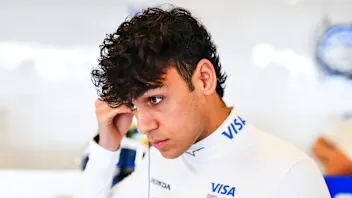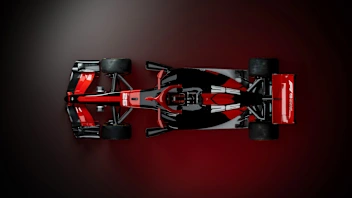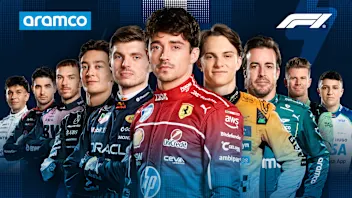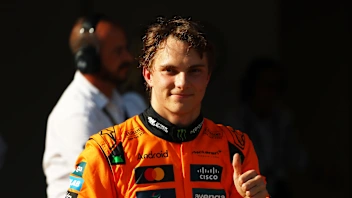Last December’s post-race test in Abu Dhabi allowed F1 tyre suppliers Pirelli to put the finishing touches to their range of dry-weather compounds for the 2016 FIA Formula One World Championship. This week in France it’s the turn of their wet tyres.

This makes it possible to keep track conditions consistent between runs - essential to make comparisons between different tyres and cars.
The two-day test, which finishes today, features three teams - Ferrari, McLaren and Red Bull - using 2015 cars to run extensive programmes dictated entirely by Pirelli. The aim? To test various prototypes of full-wet tyres in order to select the one that could be used for the 2016 season.
Key to the test is the Paul Ricard circuit’s high-tech irrigation system, which allows Pirelli to simulate the various types of wet conditions teams may encounter over a Grand Prix weekend - from the torrential downpours of Malaysia to the incessant rain more typical of the UK.
“This makes it possible to keep the track conditions consistent between runs, which is essential in order to make comparisons between different tyres and different cars,” explain Pirelli.
There may be only three cars on track at any one time - on Tuesday it’s Sebastian Vettel for Ferrari, Daniil Kvyat for Red Bull and Stoffel Vandoorne for McLaren - but Pirelli have a 30-strong team on hand, including on-track engineers, tyre fitters, heads of development, and material experts.
Their task is to trial various combinations of compound and tread pattern, which will be evaluated not only by Pirelli’s engineers but also the drivers themselves - this is the first time Pirelli have had the chance to develop tyres for wet conditions on current F1 cars with official F1 drivers.
“This subjective feedback is an essential part of the testing process, even more so than for dry tests,” say Pirelli of the drivers’ input. “When testing tyres in wet conditions, driver feedback is a crucial complement to the data gathered by telemetry and sensors.”

When testing tyres in wet conditions, driver feedback is a crucial complement to the data gathered by telemetry and sensors.
The ultimate goal is to find an entirely new compound that increases grip while reducing aquaplaning, optimising the tread pattern and going for greater crossover between the full-wet and intermediate tyres.
Reaching that goal involves a punishing schedule at Paul Ricard - three cars on circuit from 9am to 5pm with no break for lunch - so as to make the most of the daytime track temperatures most representative of those that will be encountered during the season.
On Monday that schedule allowed Kimi Raikkonen, Daniel Ricciardo and Stoffel Vandoorne to rack up 285 laps between them, despite a late technical failure for McLaren. Pirelli will be hoping for a similar total on Tuesday as they continue to gather data on temperatures, tyre pressures, and the grip of the various solutions.
This data will then be analysed and sent back to Pirelli’s Italian headquarters in Milan. There it will be processed by the company’s ‘simulations and data analysis group’ and compared with the driver feedback in order to find the perfect wet-weather solution for the forthcoming season.
Next Up
Related Articles
 Marko ‘believed in me when others didn’t’ – Lindblad
Marko ‘believed in me when others didn’t’ – Lindblad Everything you need to know about F1's new rules for 2026
Everything you need to know about F1's new rules for 2026 Leclerc calls Ferrari’s focus shift to 2026 a ‘no-brainer’
Leclerc calls Ferrari’s focus shift to 2026 a ‘no-brainer’ 10 ways to get your Formula 1 fix during the winter break
10 ways to get your Formula 1 fix during the winter break Power RankingsWho did our judges rank as the best F1 driver of 2025?
Power RankingsWho did our judges rank as the best F1 driver of 2025? Piastri reveals lessons that will ‘only make me stronger’
Piastri reveals lessons that will ‘only make me stronger’